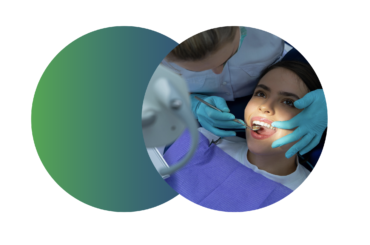Optical aid methods useful to support an oral cancer diagnosis
Oral cancer represents a significant challenge in the field of public health and medicine. In western countries, it constitutes from 6% to 10% of all malignant tumors. It is more frequent in males than in females. 90% of mouth cancers are squamous cell carcinomas (OSCC) and most cases occur in subjects over the age of 40, with an average age at diagnosis of about 60 years.
Significant risk factors for oral cancer include: tobacco use, alcohol consumption and the association between these two factors, which together constitute a higher risk than individual isolated factors. Other relevant risk factors are viral infections such as HPV, poor oral hygiene, poor dental conditions, chronic trauma to the mucous membranes and a poor diet.
Despite advances in combined therapeutic strategies (surgery, chemotherapy and radiotherapy), the overall survival of oral cancer patients has remained around 50% in recent years with no significant improvement in the stage of disease observed at the time of diagnosis.




